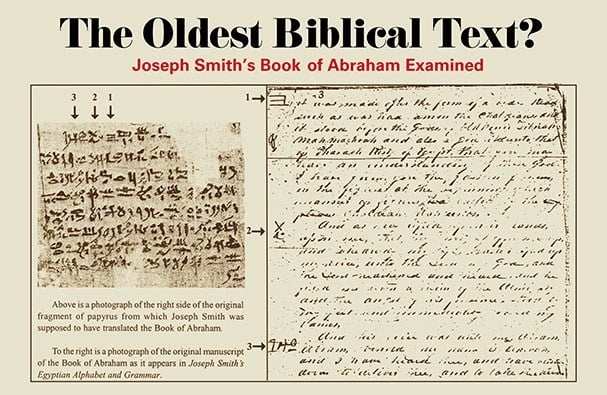

I was unable to find exactly how complete this copy is. Unless I missed something, the oldest essentially complete Greek copy of Genesis is the 5th century CE Codex Alexandrinus which has two damaged pages but is otherwise complete in Genesis.Īround the same time there's also the earliest Syriac (Aramaic) copy of Genesis, in the London palimpsest 5b1 dated exactly (the copyist wrote the date) to 463/464. Vaticanus is an almost complete manuscript also from the 4th century, but unfortunately is missing Genesis. Turning to the Uncials, in the 4th century CE you have the remaining small portion from Sinaiticus (which still has almost all of the New Testament, but is damaged in the Old Testament), and slightly later a more complete manuscript which was later damaged in a fire. Between the two of them they have most of Genesis (completely missing 36-39 and 47-50).


Most of these are short fragments with only a few verses, but a couple are more substantial: The Berlin Genesis Codex from the end of the 3rd century has 30 leaves containing most of Genesis and Papyrus Chester Beatty V from the second century has nearly 16 chapters. From the 2nd and 3rd century CE there are 7 or 8 other manuscripts (all but one of which are papyri).
#Original old testament manuscripts full
These three manuscripts are the earliest partial copies of Genesis.Ī full list of early Greek fragments of Genesis can be found in the appendix of Hurtado's "The Earliest Christian Artifacts: Manuscripts and Christian Origins" (available online on his website). From roughly the same time (estimate 2nd century BCE) there are a few tiny fragments of a Greek papyrus Fouad 266 with parts of a few verses of Genesis (wikipedia only mentions the Deuteronomy portion, but there's also some fragments from Genesis). The Dead Sea Scrolls have two very incomplete copies of Genesis: 1QGen and 2QGen (found in caves 1 and 2 respectively). The oldest Uncials are 4th and 5th century CE, while some Papyri are 2nd or 3rd century CE or even older. Papyrus does not preserve as well, and most papyri are fragments. Papyri are written on papyrus (Egyptian paper) while uncials are written on parchment (animal skins), both are written in the old all-caps "uncial script" (while miniscules are much latter manuscripts written with lower-case). They fall into two kinds of manuscripts: papyri and uncials. The oldest Greek manuscripts (mostly the Septuagint translation) are much older than non-DSS Hebrew manuscripts. The reason for this is that around that time the Masoretes developed a system for copying very accurately, and this lead to a standardization of the text and the replacement of older copies. Other Hebrew manuscripts are much much later, mostly from the 10th century onward with a little bit of 9th century material. The Dead Sea Scrolls (in Hebrew) are the oldest manuscripts, and are roughly from between 200BCE and 100CE. First let me start with the basic outline of how old various manuscripts are.


 0 kommentar(er)
0 kommentar(er)
